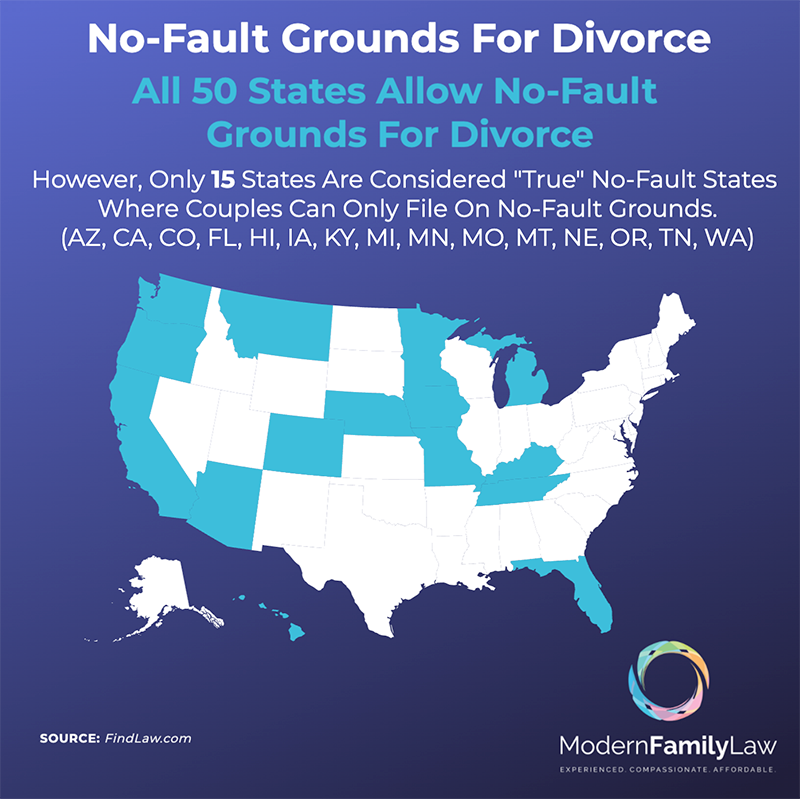Why Did California Transition Away From Fault-Based Divorce?
California’s transition away from fault-based divorce can be seen as a reflection of its commitment to streamlining the divorce process and prioritizing the well-being of individuals seeking to end their marriages. Under the previous fault-based system, a spouse filing for divorce on grounds of adultery or cruelty would be required to provide substantial evidence to support their claims. This often meant collecting proof of the spouse’s infidelity, potentially involving private investigators or gathering witness testimonies, which could be emotionally draining and financially burdensome.
Moreover, the fault-based system allowed the accused spouse to contest the divorce filing, leading to prolonged legal battles and the potential for manipulation or coercion to keep the marriage intact. This created a situation where individuals trapped in unhappy or even abusive marriages were faced with significant obstacles when attempting to legally separate.
Recognizing these drawbacks, California introduced the concept of no-fault divorce, where the dissolution of marriage is granted based on the assertion of irreconcilable differences. By eliminating the need to assign blame or prove fault, the no-fault system aims to provide a more efficient and less contentious route to divorce. Couples can separate without getting entangled in protracted legal battles focused on assigning fault, allowing them to move forward with their lives more quickly and with less emotional turmoil.
The shift to no-fault divorce in California also aligns with broader societal shifts in attitudes toward marriage and divorce. It acknowledges that relationships can deteriorate due to a variety of reasons, and assigning blame may not be necessary or productive for the parties involved. Instead, the focus is placed on the practical aspects of divorce, such as property division, spousal support, and child custody, with the aim of ensuring fairness and minimizing conflict.
While fault-based divorce may have provided a sense of justice or validation for individuals who felt wronged by their spouses, the no-fault system prioritizes practicality, efficiency, and the ability to move on from an irretrievably broken marriage. By allowing couples to divorce without having to prove wrongdoing, California recognizes the importance of providing an accessible and equitable legal framework for individuals seeking to dissolve their marriages, regardless of the circumstances that led to the decision.






